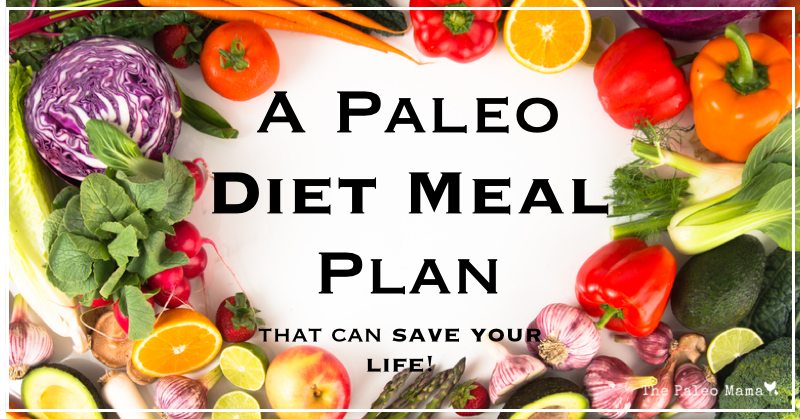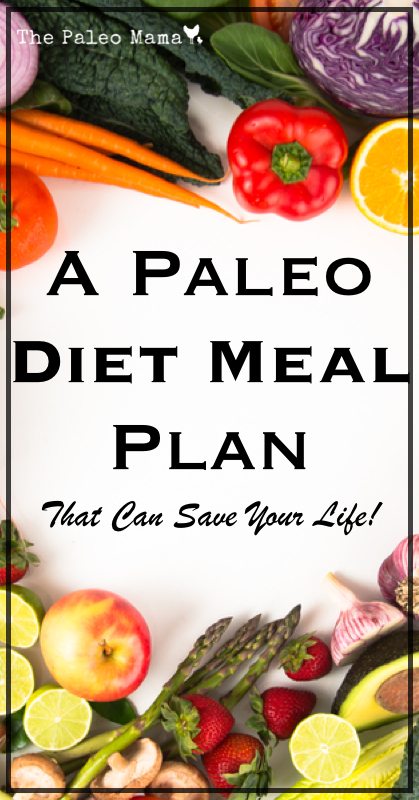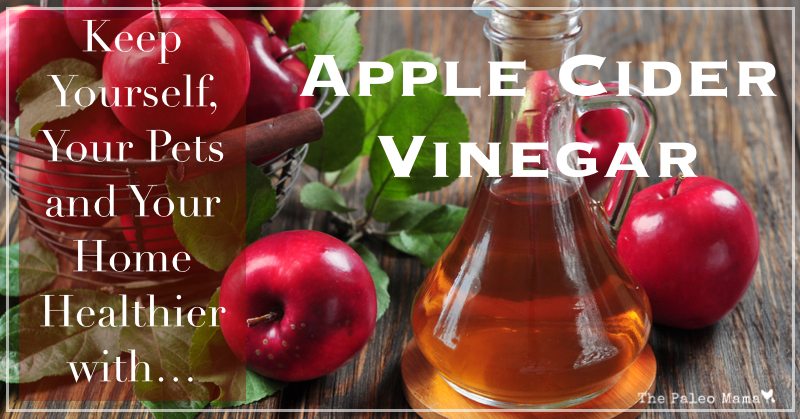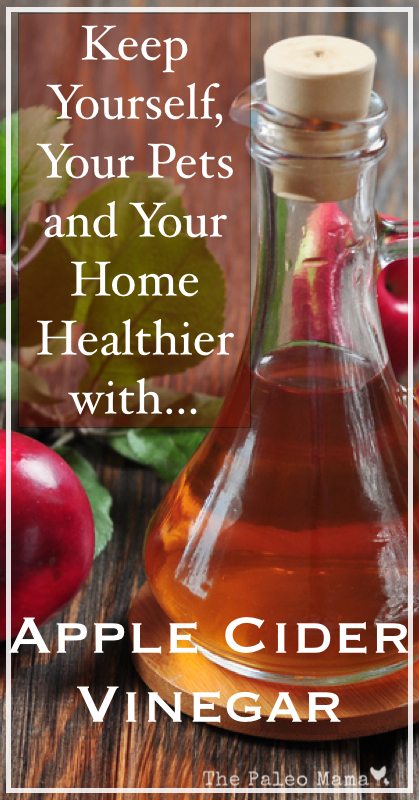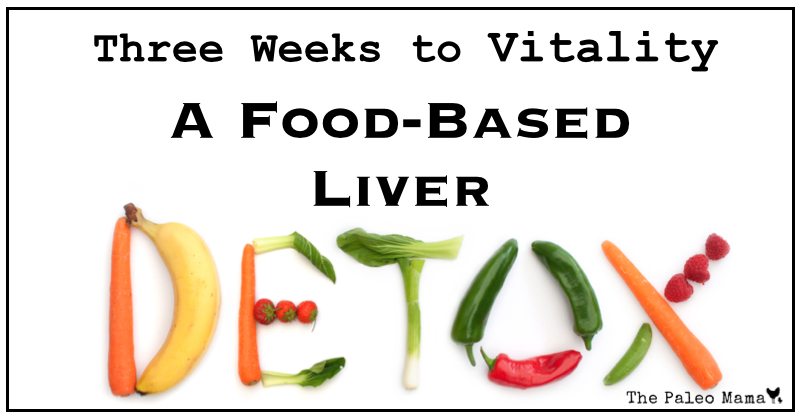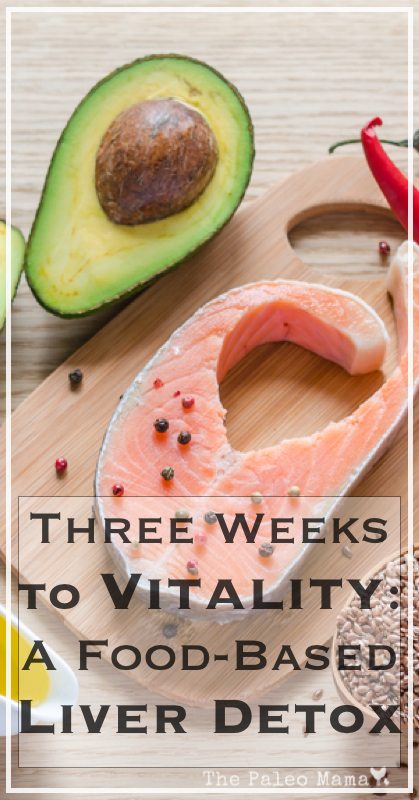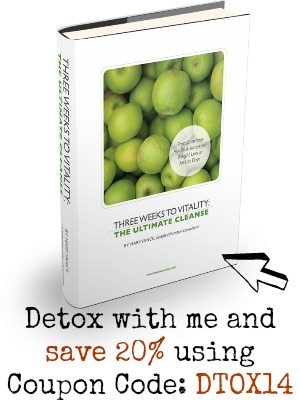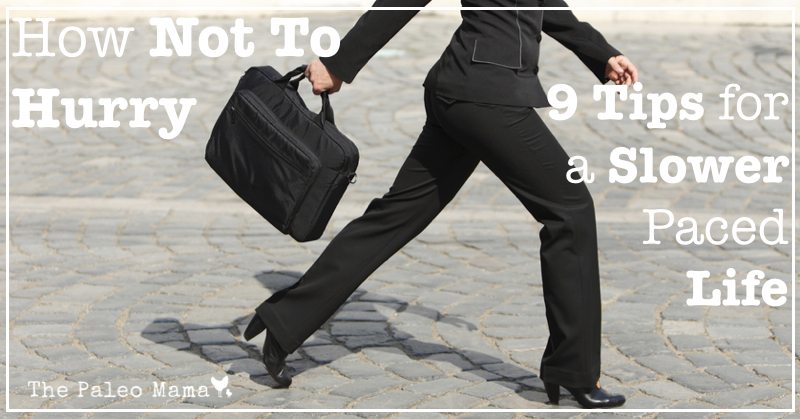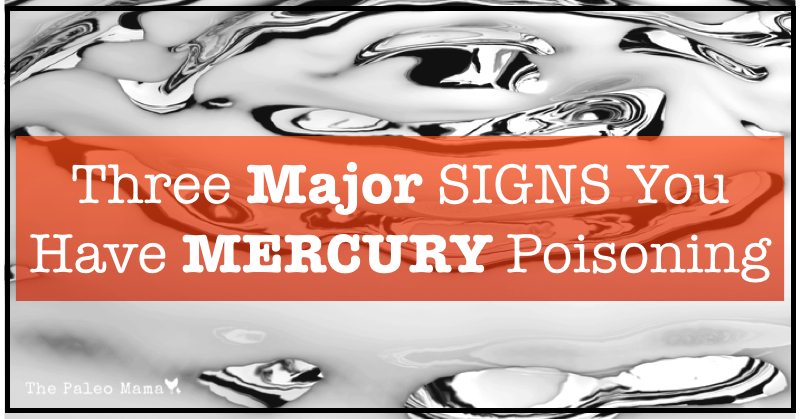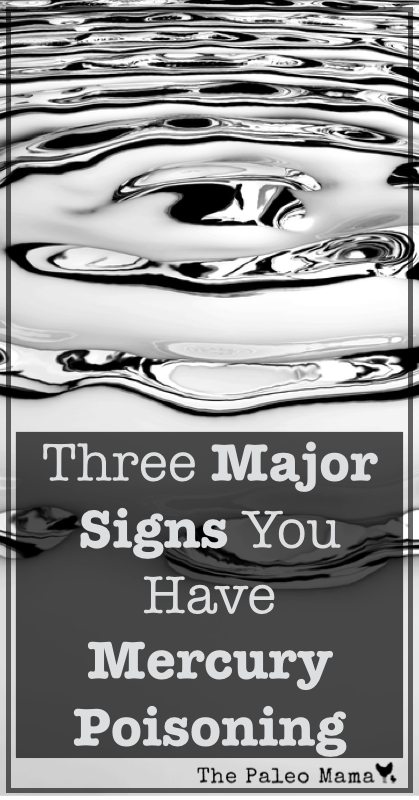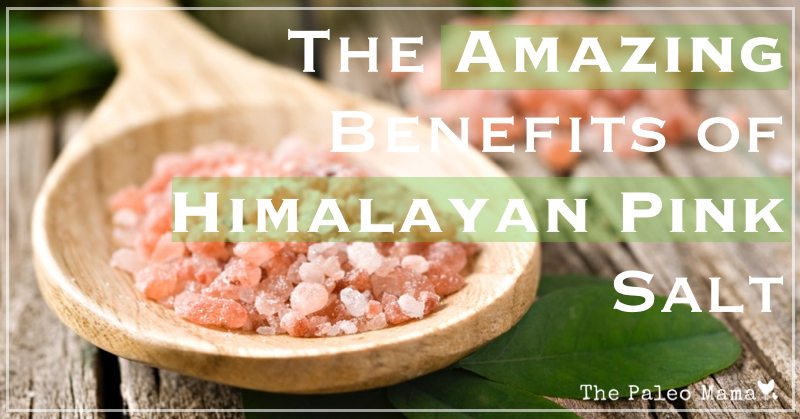
Have you heard about the amazing Himalayan crystal salt that comes directly from the Himalayan Mountains? It is packed with some pretty amazing benefits and is an amazing new staple to add to your pantry. It is an absolutely wonderful alternative to table salt, and soon I’ll explain why.
The History
First of all, what makes Himalayan crystal salt so amazing? About 200 million years ago, there were crystallized sea salt beds that were covered with lava. Being kept in this untouched, pristine environment that has been surrounded with snow and ice for so many years means that the salt has been protected from modern day pollution. Many people believe that this pink salt from the Himalayas is the purest salt that can be found on the planet.
Minerals & Energy
Himalayan Salt contains the same 84 trace minerals and elements that are found in the human body, that alone is quite impressive! A few of these minerals include: sodium chloride, sulphate, calcium, potassium and magnesium. When using this salt, you are actually getting less sodium intake per serving than regular table salt because it is less refined and the pieces are larger. Therefore Himalayan salt has less sodium per serving because the crystals or flakes take up less room than the highly processed table salt variety. Another cool thing about this salt is that because of its cellular structure it stores vibrational energy. The minerals in this salt exist in colloidal form, which means that they are small enough for our cells to easily absorb.
What Exactly Are The Benefits?
Some of the benefits that you can expect by consuming this salt in place of regular table salt include:
- Aiding in vascular health
- Supporting healthy lungs and respiratory function
- Promoting a stable pH balance within the cells
- Reducing the signs of aging
- Promoting healthy sleep patterns
- Increasing libido
- Prevents muscle cramps
- Increases hydration
- Strengthen bones
- Lowers blood pressure
- Improves circulation
- Detoxifying the body of heavy metals
Comparing Himalayan Salt To Other Salts
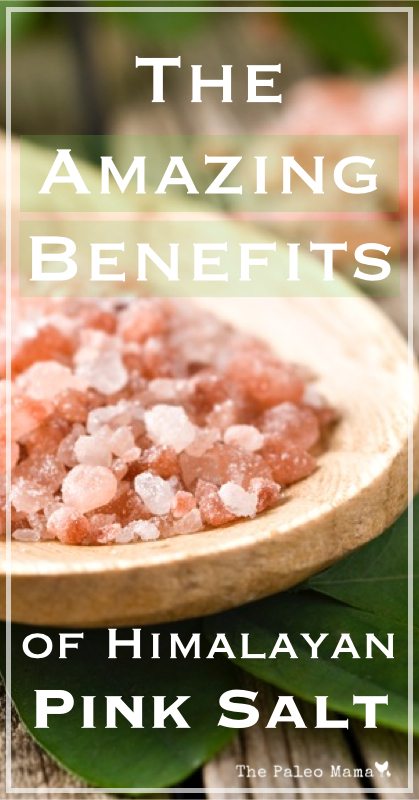
Sea Salt
While still a better choice than table salt, sea salt is becoming increasingly over processed; and, let’s face it, our oceans are becoming more and more polluted each year, just think about the massive oils spills that have occurred. Because of the pristine conditions that the pink salt is kept in, it is said to be the purest salt available today.
- https://fitlife.tv/10-amazing-benefits-of-pink-himalayan-salt/
- https://www.globalhealingcenter.com/natural-health/himalayan-crystal-salt-benefits/
- https://www.himalayanlivingsalt.com/salt_facts.htm
- https://authoritynutrition.com/how-much-sodium-per-day/
*Article reposted from Natural Blaze*
